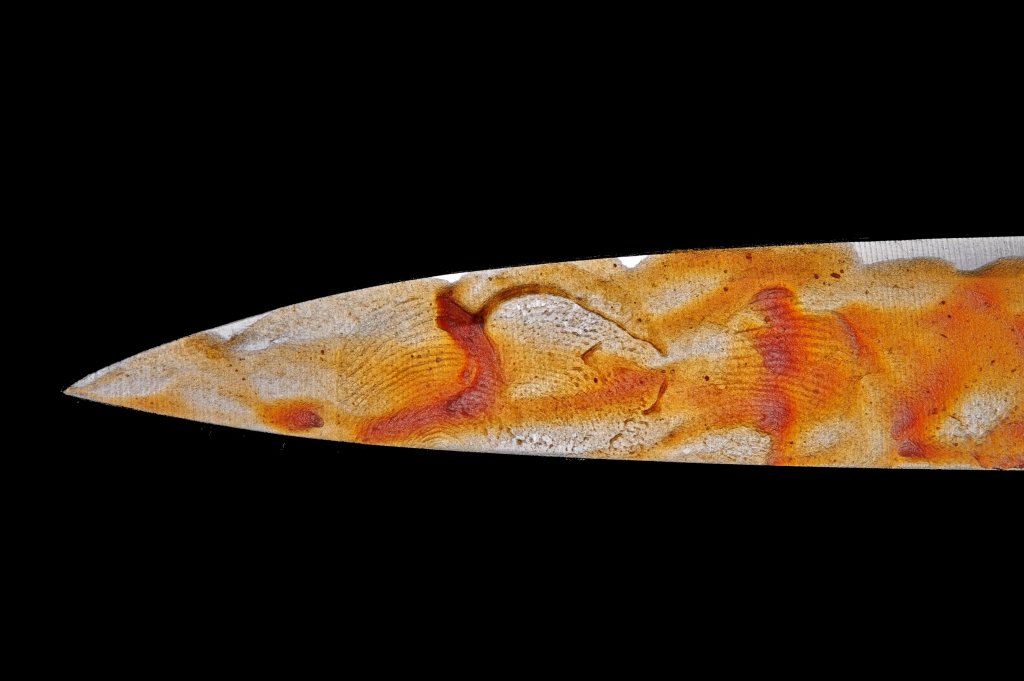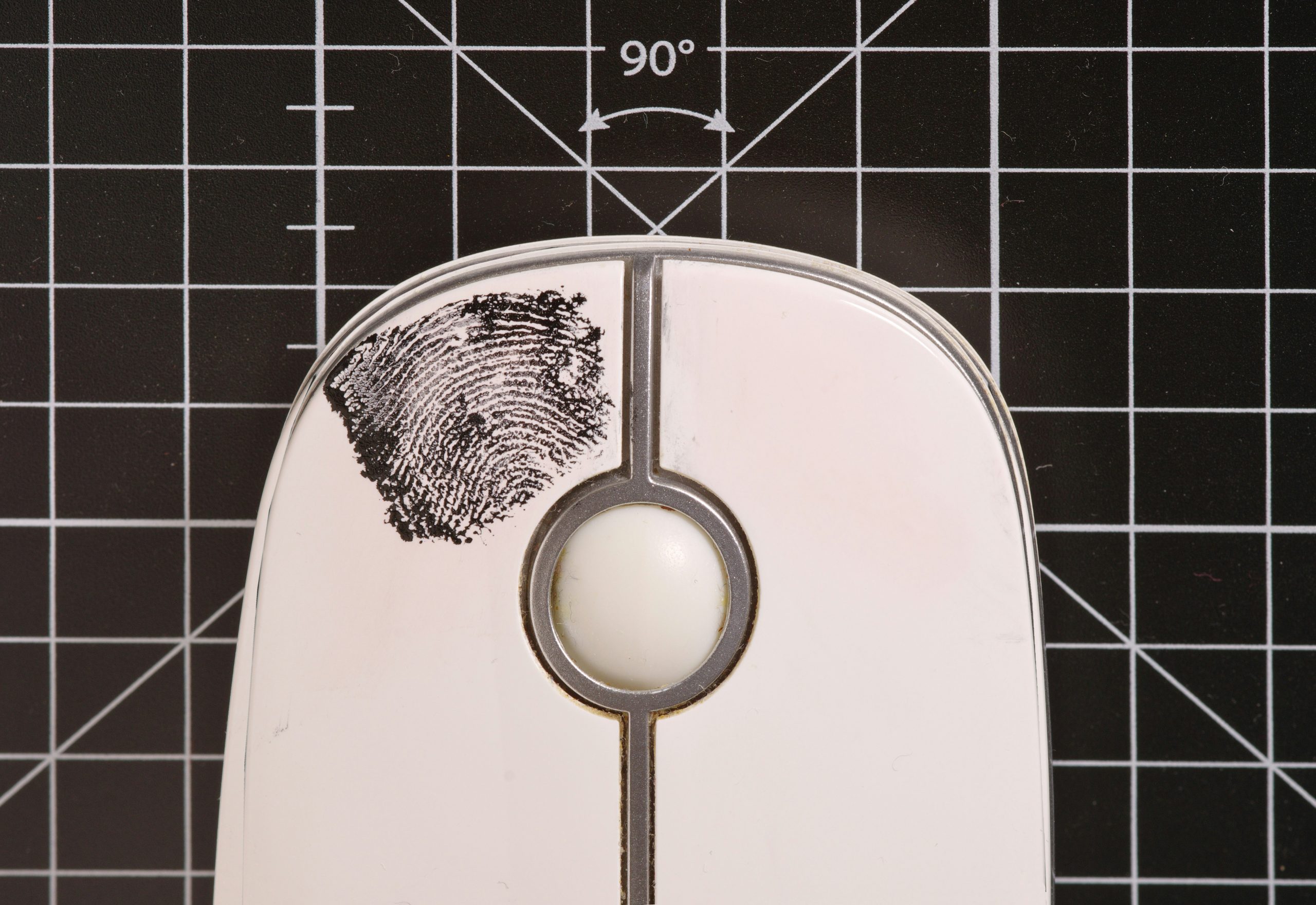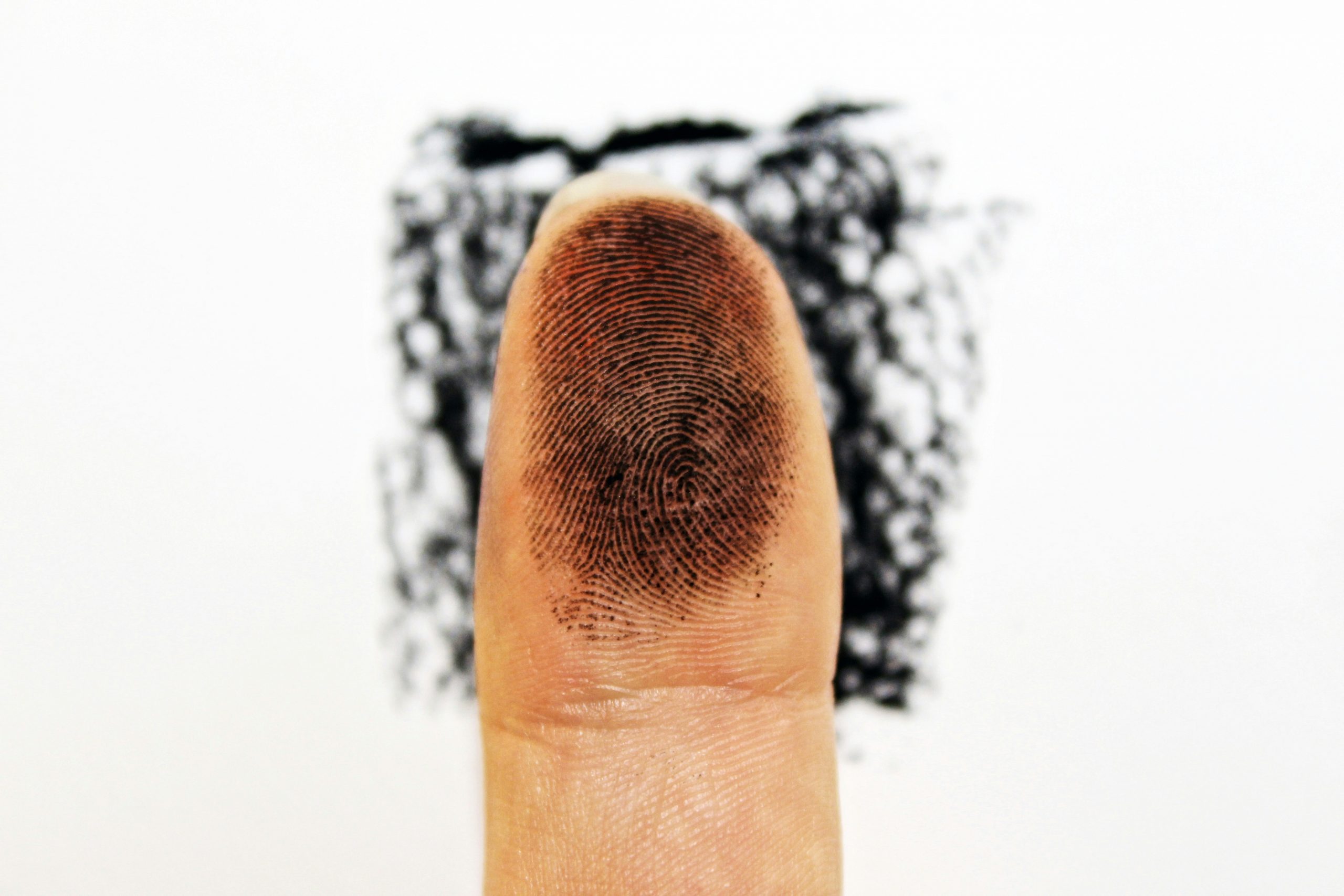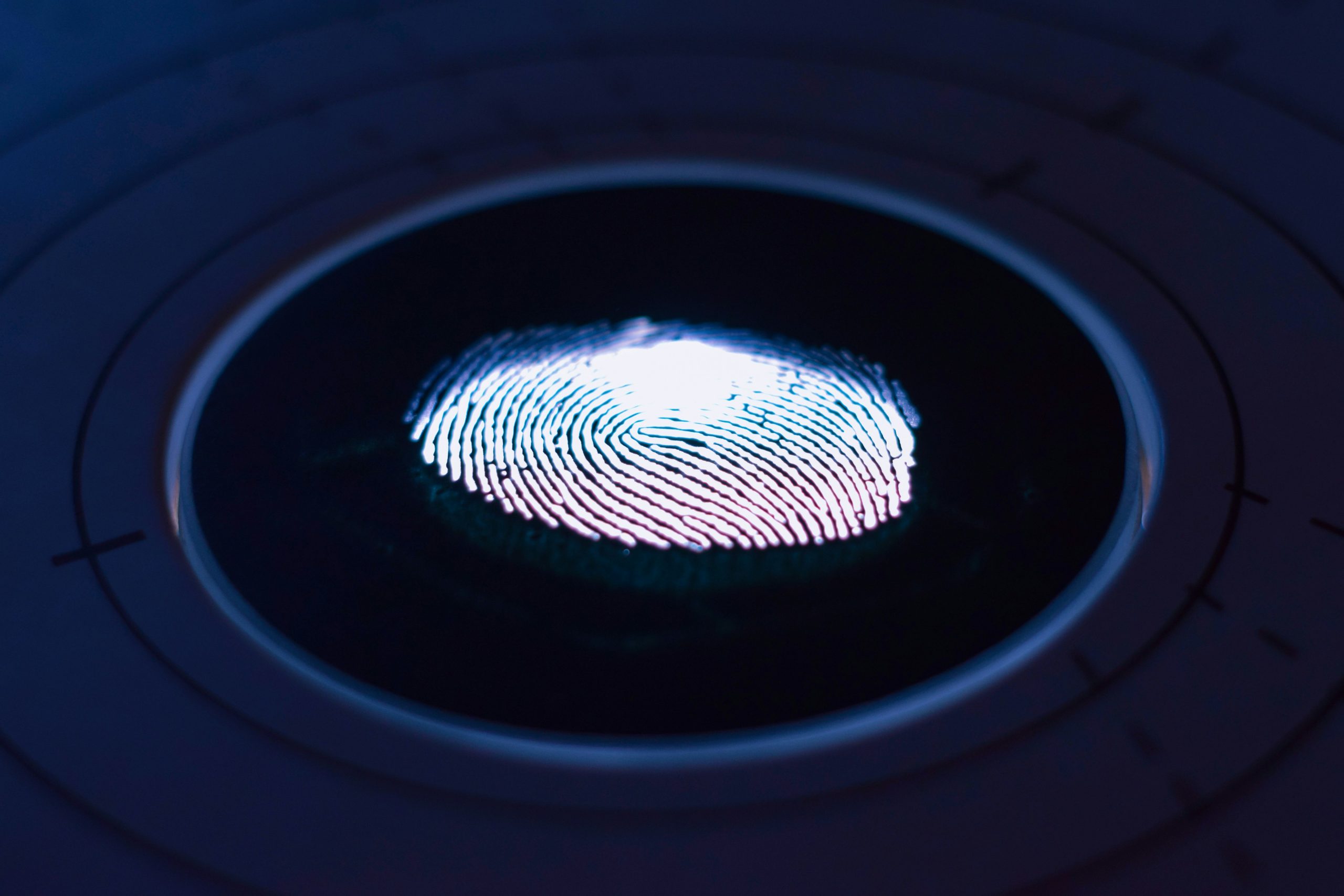Fingerprints, those unique patterns on our fingertips, have been fascinating humans for centuries. They have served as a form of identification and, more recently, as invaluable tools in forensic science. One particular type of fingerprint, the latent fingerprint, has played a pivotal role in solving countless crimes.
What is a Latent Fingerprint
A latent fingerprint is a fingerprint that is not visible to the naked eye. It is formed when the natural oils and sweat from our skin come into contact with a surface. These secretions leave behind a residue that can be detected through various techniques. Unlike visible fingerprints, which are directly visible due to substances like blood or ink, latent fingerprints are often hidden, requiring specialized methods to reveal them.

The Scientific Basis of Latent Fingerprints
The composition of latent fingerprints is primarily a result of natural secretions from the skin. These secretions include sweat, oils, and amino acids. When these substances come into contact with a surface, they leave behind a residue that can be lifted and analyzed. The unique ridge patterns within these fingerprints are determined by genetic factors and remain unchanged throughout a person’s life, making them a reliable means of identification.
Types of Fingerprints
There are three main types of fingerprints: visible, latent, and plastic.
- Visible Fingerprints – these are fingerprints that are directly visible to the naked eye, often due to the presence of a substance such as blood, ink, or paint.
- Latent Fingerprints – as discussed earlier, these are invisible fingerprints that require special techniques to be detected.
- Plastic Fingerprints – these are three-dimensional fingerprints formed when a finger presses into a soft substance like clay or wax.

The Significance of Latent Fingerprints in Forensic Science
Latent fingerprints have become an indispensable tool in forensic investigations. They can provide crucial evidence linking a suspect to a crime scene, helping to establish guilt or innocence. The reliability of latent fingerprints as evidence is well-established, and they are often considered one of the most powerful pieces of evidence in a criminal case.
How are Latent Fingerprints Collected
Several techniques are used to collect latent fingerprints from a crime scene:
- Dustin. This involves applying a fine powder, such as black or magnetic powder, to the surface where a fingerprint is suspected. The powder adheres to the oily residue left by the fingerprint, making it visible.
- Chemical Development. Chemical reagents, such as ninhydrin or cyanoacrylate (superglue), can be used to react with the amino acids in the fingerprint, making it visible.
- Alternate Light Sources. Specialized light sources can be used to detect fingerprints that are not visible under normal lighting conditions.
Technological advancements have significantly enhanced the ability to detect and analyze latent fingerprints. Techniques like digital imaging and automated fingerprint identification systems (AFIS) have revolutionized the field of forensic fingerprint analysis.
Latent Fingerprint Examples
Latent fingerprints have played a crucial role in solving numerous high-profile cases. For instance, in the infamous O.J. Simpson trial, the presence or absence of latent fingerprints on various pieces of evidence was a key point of contention. In more recent cases, advancements in fingerprint analysis have led to the identification of suspects in cold cases that had remained unsolved for decades.
Beyond criminal investigations, latent fingerprints can also be found in everyday situations. For example, fingerprints can be left on glass surfaces, metal objects, or even paper. These everyday occurrences highlight the ubiquity of latent fingerprints and their potential significance in various fields, including law enforcement, security, and personal identification.

Latent fingerprints are a silent witness to crime, providing invaluable evidence in forensic investigations. Their unique patterns and the ability to link individuals to specific locations make them a powerful tool for law enforcement. As technology continues to advance, the role of latent fingerprints in criminal justice is likely to expand, ensuring that these invisible traces continue to play a vital part in solving crimes and upholding justice.




